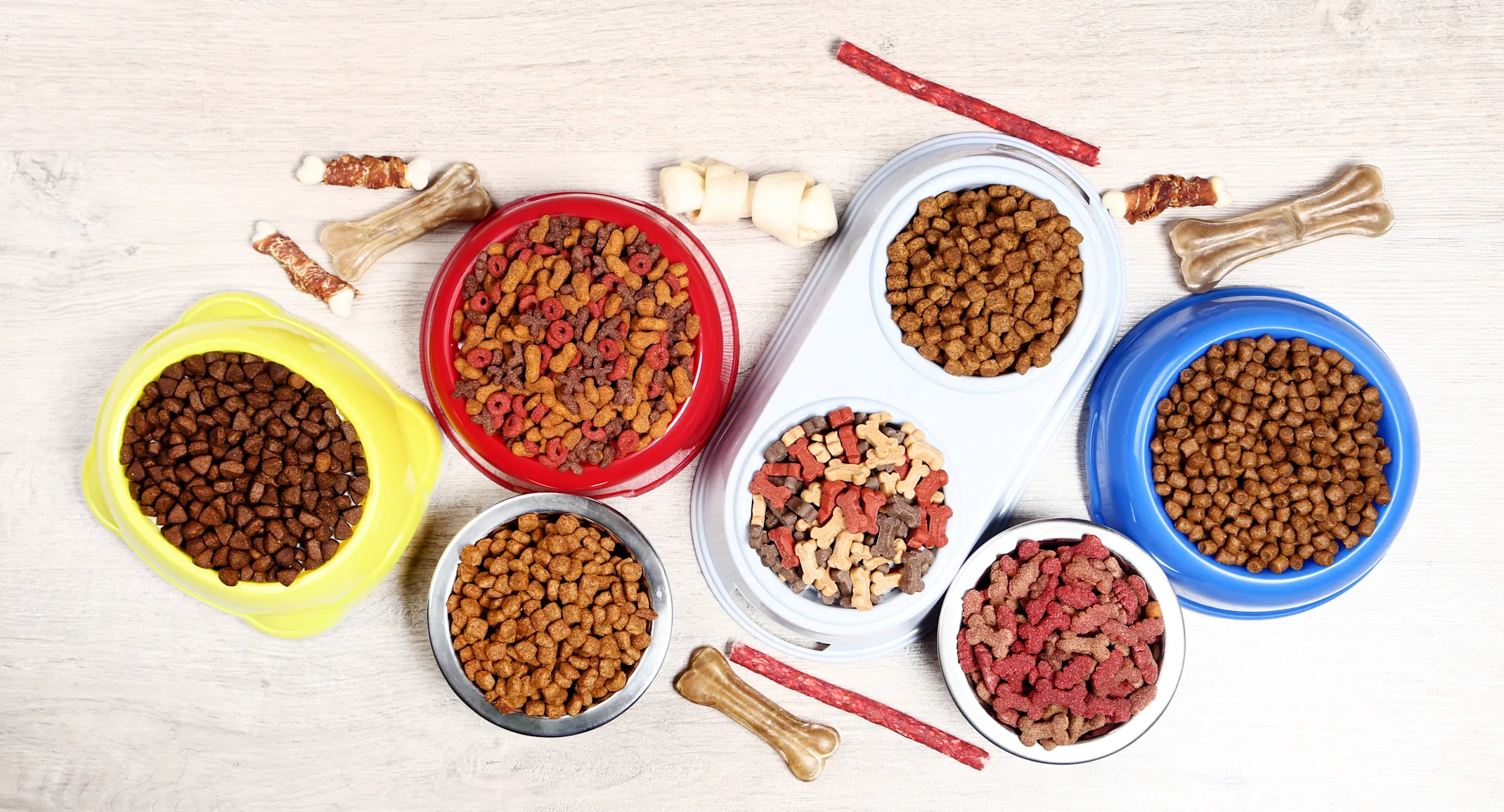Food is Love
Food

Now more than ever, clients are more engaged in their pet’s diets, but are also under informed and overwhelmed by the options available to them. We in the veterinary community are learning about some of the perils of “alternative” diets out there with heart disease linked to grain free diets and bacterial infections linked to raw diets. This is a perfect opportunity for us to educate our clients about diets, why we recommend what we do, and what some of these marketing ploys really mean.
The “Premium” Diet – I get this one a lot. Pet food companies are amazing at marketing, and this is the prime example. “Premium” only has to do with price, nothing to do with ingredients, and means that it is 1520% more expensive than the average brand. “Super Premium” means it costs 20% or more than the average brand. That’s it. Additionally, 90% of all Premium diets are formulated by one nutritionist (a PhD, not a clinical nutritionist) and almost all premium diets get at least 50% of their calories from fat. Once owners understand this, they usually are more open to my recommendations and these are usually clients I can transition to a different, recommended commercially available brand.
The “Grain Free” Diet – This is one big area that we, at least now, have fuel to educate our clients that “grain free” is not based in science or dog or cat nutrition. First, grains are fiber, and we know that the colon needs fiber, so usually this alone has been a way for me to educate my clients about why I am not a fan of this type of food. More recently though, the grain free diets have been shown to cause heart failure in dogs. Some owners are aware of this and are actually initiating the conversation about the implication of a grain free diet. We now can honestly say that, though we do not know exactly why, grain free diets cause heart failure in some dogs, and cannot be recommended in dogs or cats. This is usually a client I can transition to a commercially available brand of my recommendation.
The “Human Food” Diet – Another frequent flyer diet, but one that I get excited about because this is a client you can really help. This is usually a client who really wants to be in control of their pet’s food and is effectively already home cooking. I use this opportunity to get them in direct contact with a veterinary nutritionist who will help them formulate a complete and balanced diet that they can feed so we are sure all the nutritional needs are being met. I use, and really like, PetDiets.com though there are many resources available to you. Beware of “diet drift”. It is still important to make sure the client has not “gone rogue” with their pets diet each time you see them and that it is still what the nutritionist formulated for them.
“Raw” – This one is tough and I usually approach from two angles. First, bacterial contamination is big here. The USDA allows 50% of all chicken to have salmonella, and 53% of commercial raw diets tested were positive for E. coli. If an animal sheds these bacteria, they typically are not the ones that get sick. It is the humans in the house. Children, the elderly, pregnant women, and immune compromised people are at the highest risk. Often this is enough to convince people, but for those sticklers out there, I will work the nutrition angle. In a study of 300 raw diets, only 11% were complete and balanced. These are clients who typically are not interested in a commercially available kibble or canned food, but often are open to home cooking. I will recommend and get them in touch with a board-certified veterinary nutritionist that will formulate a complete and balanced diet for that pet.
Having these discussions with clients can be rewarding since the clients most prone to these marketing traps are the ones that are often most invested in their pets’ wellbeing. We are perfectly positioned to help them navigate this confusing landscape. After all, food is love.
